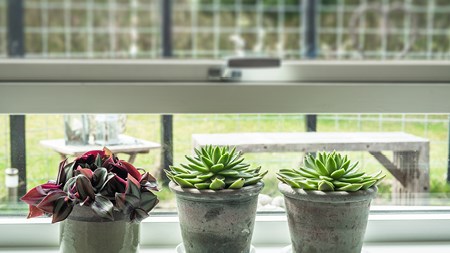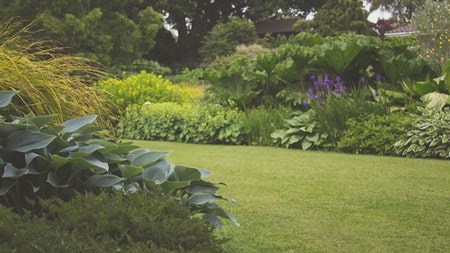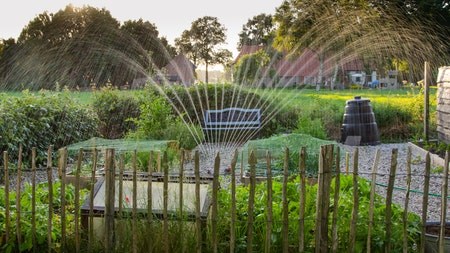The weather is starting to warm up and there are signs of life in the garden. Now is the perfect time to get stuck into your garden.
It’s that time of year again. Everything looks dull and lifeless, it’s still cold and you begin to wonder if winter will ever end. Then, out of nowhere, you spot a peach tree in full bloom, its delicate flowers all the more beautiful for its drab winter backdrop. A few weeks pass, the sun feels warmer and you begin to notice tiny little flower buds and fresh green leaves beginning to unfurl at every turn. Spring is in the air.
If you want to get the most out of your garden in the coming months, now is the time to get stuck into it. Arguably the best place to start is by pruning which will encourage healthy growth and flowering. When pruning, keep an eye out for any dead, diseased or damaged stems and cut those back too as they can attract the wrong kind of insect and become breeding grounds for disease. Just be careful not to over-prune as this can cause more harm than good. Also keep in mind that there are different pruning techniques. If you’re unsure about how to prune, or how to prune a specific plant or tree, simply give your local nursery a call or look it up online.
As you prune, keep an eye out for garden pests. Signs of a pest infestation include brittle, discoloured, blackened or wilting leaves or plants that look limp and unhealthy overall. Some of the most common pests include, amongst others, aphids, white flies and thrips. Aphids usually occupy the underside of leaves and have soft white or yellow bodies. White flies look like, well white flies, only really small. Thrips look like tiny translucent shrimp. There are various insecticides and home remedies which can be used to discourage these pests. Again, just ask your local nursery for advice.
Once you’ve pruned your plants to your satisfaction and identified any potential pests, you can begin to clear your garden of all the old (and new) plant debris. Now would also be a good time to clear your gutters and remove any plant debris which may have collected around the exterior of your home. Doing so should offset the risk of drainage issues in the future. Clearing your garden in this fashion will also provide you with a ‘clean slate’ and give you an idea of what you need to do next.
The lawn should probably be next on your ‘to do’ list. Frost, dry air, hungry birds (and possibly even snow) can wreak havoc on a lawn and leave it looking a lot worse for wear. Clear away any debris from the surface, carefully spread a layer of top soil over the grass, water it profusely and re-seed areas which have died off. Not only does top soil give your lawn a boost, it improves drainage and drought resistance and reduces the need for supplemental fertilisers.
Once your lawn is sorted you can proceed to dig and weed the beds and enrich them. This entails adding compost and fertiliser to your beds. According to experts, it’s important to work in compost as well as fertiliser – not one or the other. Compost facilitates soil drainage and replaces essential bacteria while fertiliser replaces lost nutrients such as nitrogen, phosphorus, calcium and potassium which facilitates plant growth. Compost and fertiliser should be worked in at least 30cm’s deep into the soil for best results. Once the beds are prepared, plant the seedlings or plants you would like to see bloom during the spring and summer months and water liberally.
If you have any winter vegetables, now is the time to harvest them. Dig and enrich the beds accordingly and start planting your summer vegetable seedlings. Good summer vegetables include beetroot, baby marrows, carrots, parsley, rhubarb, runner beans, sweet corn and pumpkins. As is the case with everything else in your garden at this stage, water profusely.
Keep in mind that August can be a windy month so make sure all of your vulnerable plants and young trees are securely staked. Plants and trees can (and should) be staked in different ways so it’s a good idea to ask for some professional advice on the matter if you’re unsure. When securing your ties, ensure that they are also not too tight or they could damage the plant or tree when they move or cut off the nutrient supply which could kill a plant or parts of it.
Lastly and possibly most importantly, once you’ve prepared your garden, sit back and enjoy watching it come back to life again.





